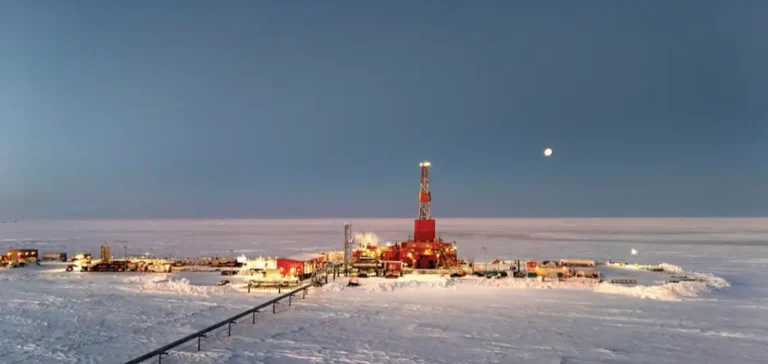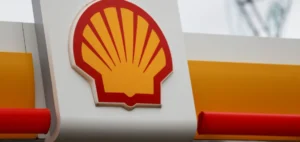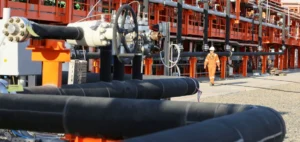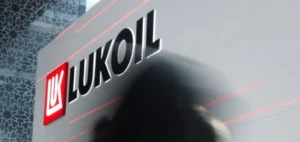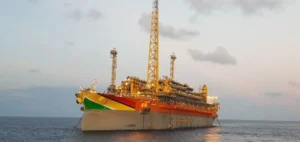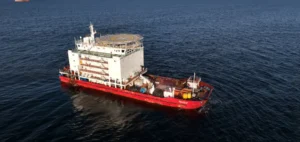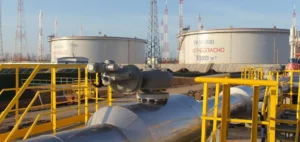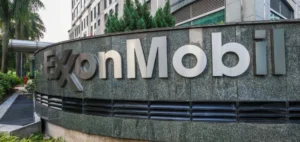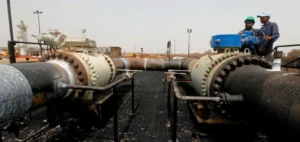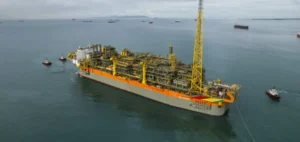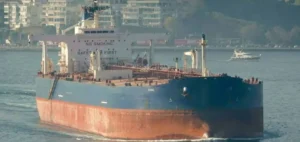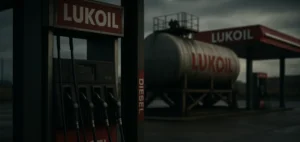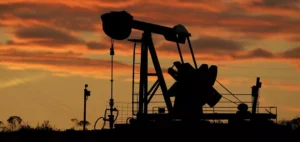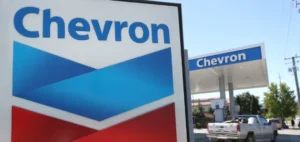Alaska’s crude oil production is expected to rise by 13% in 2026, according to the Energy Information Administration (EIA), driven by two new projects: Nuna, developed by ConocoPhillips, and Pikka Phase 1, operated by Santos in partnership with Repsol. This would mark the largest annual increase since the 1980s. While Alaska represents only around 3.5% of total US oil output, the added volumes restore technical viability to the Trans-Alaska Pipeline System (TAPS), whose throughput had reached a historic low close to its minimum operational threshold.
Technical stabilisation of the pipeline and national strategy
With throughput projected at 477 kb/d in 2026, regional output would once again exceed the critical threshold required for TAPS to function, thereby delaying a structural exit from the infrastructure. This rebound comes as the federal government recently revoked drilling restrictions in the National Petroleum Reserve–Alaska, opening room for expansion. For the United States, these domestically produced barrels in a politically stable region provide an insurance mechanism amid uncertainty surrounding sanctioned Russian volumes and OPEC+ production discipline.
Industrial players and economic arbitrage
Nuna, tied back to the Kuparuk hub, will add about 20 kb/d to ConocoPhillips’ local production. As a “tie-back” development, it leverages existing infrastructure to reduce capital expenditure. Pikka Phase 1 targets a plateau of 80 kb/d over three decades and establishes a new operational anchor on the North Slope for Santos and Repsol. The project’s well performance exceeds the Alaskan average, increasing the likelihood of future phases if market and regulatory conditions remain favourable.
Logistics, destinations and regional dynamics
Both projects follow the traditional North Slope to Valdez route via TAPS, concentrating flows along a single corridor. The Alaskan barrels are primarily destined for the US West Coast and select Asian markets, competing increasingly with redirected Middle Eastern and Russian flows. This logistical setup enhances Alaska’s geopolitical relevance in the North Pacific, particularly as sanctions disrupt Russian energy supply routes.
Project economics and market expectations
The EIA forecasts an average West Texas Intermediate (WTI) price of around $65 per barrel in 2026. In such an environment, low marginal cost projects like Nuna and Pikka become more attractive compared to capital-intensive greenfield ventures. Their profitability relies on utilising existing infrastructure and competitive lift costs despite Arctic-specific logistical challenges.
Legal environment, challenges and ESG pressure
The federal decision to lift previous drilling restrictions offers near-term operational clarity, but political instability could reverse the trend post-2026. Operators also face potential legal actions from environmental NGOs, even though Nuna and Pikka are already largely committed. Moreover, heightened ESG scrutiny by financiers may impact the cost of capital for future development phases or additional discoveries.
Geopolitical positioning and strategic arbitrage
The rise in Alaskan volumes coincides with the United States’ effort to strengthen its energy role in the North Pacific. Alaska cannot match Russian export volumes but offers a politically secure alternative for Asian partners. At the Arctic level, this American redeployment sends a signal to other producing states like Norway and Canada as upstream competition for remaining investments intensifies.


